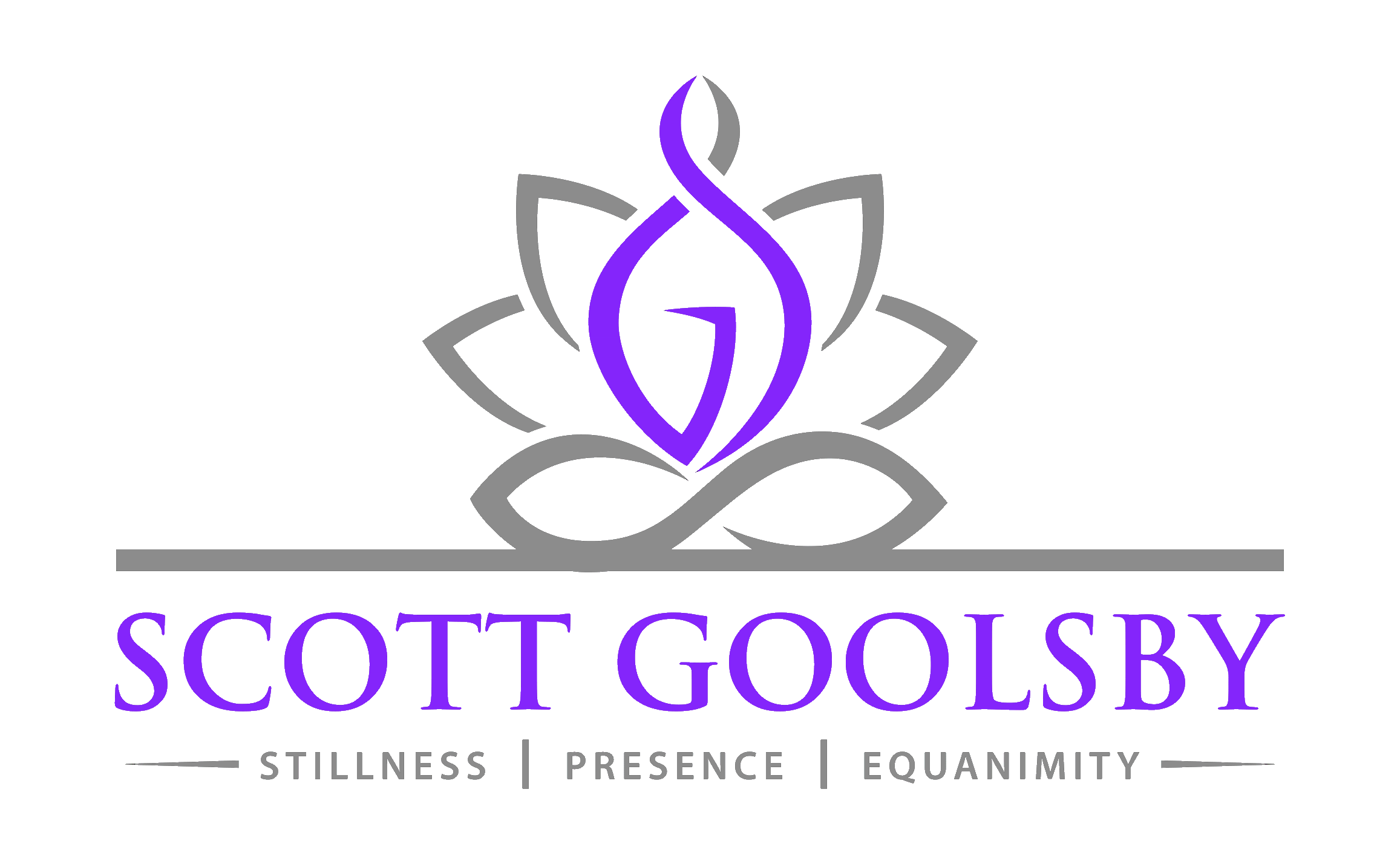Yesterday I was listening to a talk given by the teacher James Baraz, author of Awakening Joy. In this talk, James recounted his meeting of a 13 year old girl who claimed to have conceived of an idea for an invention that would eliminate war. She called this invention the “Perspective Helmet” and it would enable the wearer to see things from the perspective of whomever it was they wished, thus enabling the wearer to understand the other person’s point of view from a deeper level.
I am sure we all remember when the internet was abuzz about “The Dress” and whether it was blue and black or whether it was white and gold. It seems that these colors are so different from each other that the “right” way of seeing it would be obvious. However, because of differences that various individuals have in their ocular landscape, some individuals saw this dress as being one way, others had a different perception, which appeared equally as real to them. People in both of these camps believed that they had the correct way. Apparently there were quite a few heated debates over this photograph of a dress, which, as it turned out, was actually blue and black (although I saw it as gold and white).
We can be quite attached to the way in which we perceive the world around us and it is easy for us to forget that each of us has our own way of perceiving “reality”. It is important for us to understand that our ways of perceiving are based on thoughts and ideas. These thoughts and ideas were placed into our minds by our parents, our cultures, our religions, and our various experiences in life. But these thoughts and ideas that construct our paradigms are simply that, thoughts and ideas. We erroneously begin to believe that these are “our” thoughts and ideas, that these thoughts and ideas are “us”. We falsely identify with these amorphous, fleeting, non-physical, and largely arbitrary thoughts and thereby take it personally, sometimes even feel it viscerally, when someone disagrees with or attacks these simple ideas and perceptions.
In essence, these perceptions and thoughts are neither good nor bad. Further thoughts, attachments, emotions, and our self-identification with these non-entities makes us apprehend them, in our minds, as “good” or “bad”. But there is, at the ultimate ground of consciousness, no substantiality, realness, or existence to these views.
An important part of awakening is realizing this and knowing that whenever we become disturbed, whenever our equanimity is lost, it is simply because of a thought. It isn’t because of some action, but because of the thoughts we have surrounding the action. Our thoughts make our world. As such, the invitation exists as to which kind of world will we create for ourselves with our thoughts? We can’t really control which thoughts will appear in our mindstream and when, but we can control which ones we will continue to cultivate and which ones we will cut off. How will we use our powerful tools of perception? Will we create with them consciously or will will be ruled, unconsciously, by the self-cherishing, grasping mind, that believes itself to be these amorphous, insubstantial entities?
